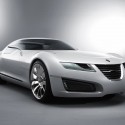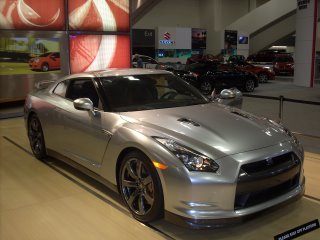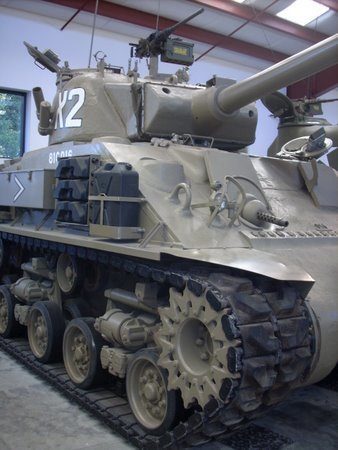Saab lost its place on the road, but not in our memory

Well, the Swedes have lost a major presence in the luxury automotive market, and in automotive history as a whole, with the bankruptcy filing of its Saab brand. Recent memory recalls a Saab whose quirky, yet European-chic convertibles and hatchbacks stood out among its fellow “ugly” competitors of the 1980’s, and we now find out that this period may have just been the heyday of the brand. Most auto enthusiasts could see the dilution of the Saab brand not only in its position as a branch of GM, but in its “plain Jane” styling, styling that housed parts not even its own, from the likes of Subaru. So where did Saab go wrong? Sure, you wouldn’t find the marque in our paddock of luxury car rentals, or on an enthusiast’s bucket list of “To-Drives,” but this was a brand with rich history and a firm presence in the consumer’s automotive memory.
There’s no better proof of this presence than in the tireless fight that its corporate backbone and deep-seeded fan base engaged in to keep the brand alive. So back to the question, what went wrong? The brand’s offerings were no doubt getting tired, but it really came down to finances and corporate clout. Since 1990, Saab was heavily influenced by its parent, GM, who acted more-so as a stabilizing force than one of innovation. But when GM’s notorious failure led to trimming the fat off its collection of automotive brands (i.e. Pontiac), Saab was salvaged through a sale to exotic auto manufacturer, Spyker. With that in mind, there was even a chance there to see a Saab in our lineup of exotic cars. A seemingly crazy idea, now knowing that the brand is no more, to have Spyker efficiently inject life back into Saab’s interesting and unique design scheme of the past could have been a fun and refreshing experience for auto enthusiasts like ourselves.
Before this could simmer in our automotive imagination too long, the burden became too great for Spyker and the hunt for investors was on. Where to go to find big money nowadays? You guessed it, China. But since GM didn’t want too much of its technology being manipulated by the comparably infant Chinese auto manufacturing industry, there seemed to be just too many hurdles. And when Saab’s brand ambassadors cried foul, their cry was not loud enough. Enough of this somber rhetoric. It is important to remember that beneath the financial turmoil and bland mainstream offerings, Saab produced some cool and exotic concept cars that always sparked interest. Remember the Aero X (see below)? Or even just the new 9-5; that car is truly handsome. But more than concepts were Saab’s fiery turbocharged hatchbacks that were venerable sports cars.
Whether you remember the sexy Sonett or the 900 turbo, Saab seemed to always have the soul of a sports car prevalent in the idea of its makers. This mindset was not always clear, though. Mercedes-Benz conjures up the idea of unequaled luxury, and BMW an authentic sports car experience…but what about Saab? Its cars were often practical, luxurious by default, sometimes sporty, and mostly good-looking. In short, Saab seemed to be in that “does most things well” category more-so than the “does one thing great” category. Despite all of that, Saab was an exotic in its own right. Its Nordic origins, unique styling and turbocharged heart built a fan base that Pontiac may not have been able to match. So, judging by all the times the word “remember” has already been used, perhaps Saabs recent years have not done the brand justice. But, it is our memory of Saab that keeps the brand alive and shining, so in the end, Saab’s may not be driven anymore but they will always be remembered.
Photo credits:
http://www.thetorquereport.
http://2.bp.blogspot.com/_
http://www.saabnet.com/tsn/
http://storm.






